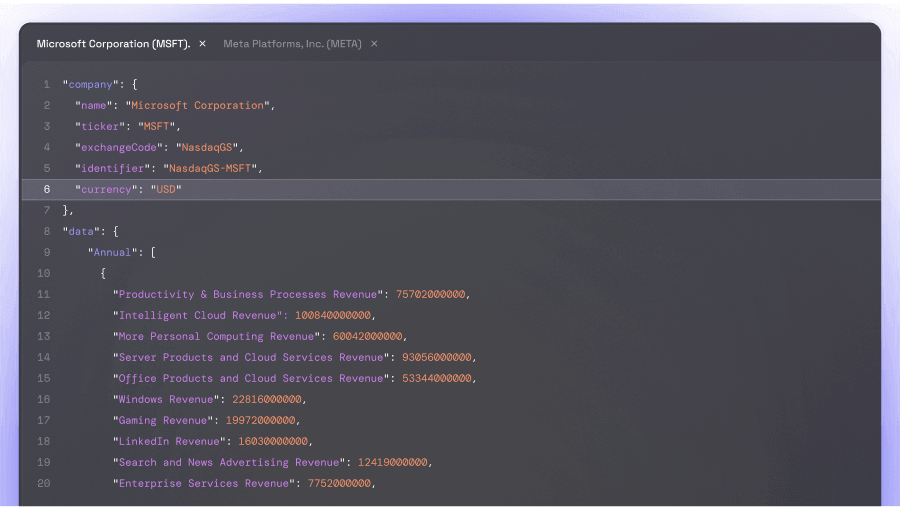Anschaffungsnebenkosten Definition
Das Eulerpool Wirtschaftslexikon definiert den Begriff Anschaffungsnebenkosten für Deutschland.
Anschaffungsnebenkosten, a prominent concept in the realm of capital markets, refers to the associated expenses incurred during the acquisition of an asset.
These costs are essential elements of a comprehensive investment strategy and play a crucial role in determining the actual cost basis of an investment. Understanding Anschaffungsnebenkosten is vital for investors seeking to accurately evaluate their capital market investments, particularly in stocks, loans, bonds, money markets, and cryptocurrencies. When an investor acquires an asset, such as stocks or bonds, the transaction involves expenses beyond the purchase price. Anschaffungsnebenkosten encapsulates these supplemental costs, including but not limited to brokerage fees, commissions, taxes, and other relevant expenditures. Such costs, although individually minor, cumulatively impact the overall investment value and, subsequently, the investor's returns. Brokerage fees, often calculated as a percentage of the transaction value, represent one of the most common elements of Anschaffungsnebenkosten. These fees compensate the intermediary broker for executing the purchase or sale on behalf of the investor. Additionally, commissions, charged by brokers or financial institutions, reflect a percentage of the transaction value or a fixed amount per unit traded. In the context of Anschaffungsnebenkosten, taxes also warrant consideration. Capital gains tax, for example, may be applicable when acquiring and subsequently selling an asset at a profit. By factoring in these tax liabilities during the initial investment analysis, investors can better gauge the potential returns while adhering to legal obligations. Moreover, Anschaffungsnebenkosten extend beyond direct transaction costs and involve various peripheral expenses. These may encompass legal fees, valuation costs, administrative charges, and even market research expenses incurred prior to the purchase. Such ancillary costs are an integral part of the acquisition process as they enable investors to establish a comprehensive view of the investment's long-term viability and potential risks. Furthermore, it is vital to highlight that Anschaffungsnebenkosten apply not only to traditional financial assets but also to the burgeoning field of cryptocurrency investments. As digital currencies gain prominence in the capital markets, investors must consider costs associated with cryptocurrency trading platforms, blockchain transaction fees, and any specialized tax implications related to these digital assets. In conclusion, a profound comprehension of Anschaffungsnebenkosten is indispensable for investors navigating the complex terrain of capital markets. By embracing the holistic understanding of acquisition-related expenses, investors gain a more accurate representation of their investments' true costs. Incorporating Anschaffungsnebenkosten into investment analyses empowers market participants to make informed decisions aligned with their financial strategies, ultimately driving optimal results. Stay updated with Eulerpool.com, the leading platform for equity research and finance news, akin to renowned industry leaders Bloomberg Terminal, Thomson Reuters, and FactSet Research Systems, to explore a comprehensive glossary catering to the diverse needs of capital market investors.Arbeitsverhältnis zwischen Angehörigen
"Arbeitsverhältnis zwischen Angehörigen" ist ein Rechtsbegriff, der sich auf ein Beschäftigungsverhältnis bezieht, das zwischen Familienangehörigen besteht. In diesem Kontext bezieht sich "Angehörige" auf enge Verwandte wie Ehegatten, Eltern, Kinder oder...
Maklerbuch
Das Maklerbuch ist ein zentrales Dokument in den Kapitalmärkten, insbesondere für den Handel mit Wertpapieren wie Aktien, Anleihen und Kryptowährungen. Es dient als Aufzeichnungsinstrument für die Transaktionen, die von Maklern...
Verkaufsbüro
Verkaufsbüro: Definition und Bedeutung im Kapitalmarkt In der Welt der Kapitalmärkte spielen Verkaufsbüros eine wesentliche Rolle bei der Erreichung von Vertriebszielen und der Kundengewinnung. Ein Verkaufsbüro ist eine spezielle Einheit innerhalb...
komplementäre Werbung
"Komplementäre Werbung" bezieht sich auf eine Marketingstrategie, bei der verschiedene Werbekanäle und -methoden in Kombination eingesetzt werden, um das gewünschte Investorenpublikum anzusprechen und die Sichtbarkeit einer Marke oder eines Produkts...
Ablösungsrecht
Das Ablösungsrecht ist eine juristische Bestimmung, die es einer Partei ermöglicht, einen bestehenden Vertrag vorzeitig zu beenden. Es findet Anwendung in verschiedenen Finanzinstrumenten, einschließlich Darlehen, Anleihen und Hypotheken. Im Kontext von...
stetiges Merkmal
Stetiges Merkmal Das "stetige Merkmal" ist ein Begriff, der in der Finanzwelt verwendet wird, um eine spezifische Eigenschaft oder Variable zu beschreiben, die kontinuierlich in einem gegebenen Kontext gemessen oder beobachtet...
Kontraktmanagement
Kontraktmanagement ist ein wesentlicher Bestandteil des professionellen Kapitalmarktinvestments. Es bezieht sich auf die effektive Verwaltung und Überwachung von Verträgen im Finanzsektor. Kontrakte spielen eine entscheidende Rolle bei der Festlegung der...
Divisor-Methode
Die Divisor-Methode ist ein Konzept, das in der Finanzanalyse und Bewertung von Aktienindizes weit verbreitet ist. Dieser Ansatz wird verwendet, um sicherzustellen, dass Änderungen in den Komponenten eines Index den...
Abschlag
Abschlag ist ein Begriff, der im Bereich der Finanzen und investierenden Kapitalmärkte häufig gebraucht wird. Dabei handelt es sich um den Betrag, um den der aktuelle Marktpreis eines Vermögenswertes unter...
EPS
EPS steht für Earnings per Share, zu Deutsch Gewinn je Aktie. Es handelt sich um eine wichtige Kennzahl zur Bewertung von Unternehmen und gibt Aufschluss über den Anteil des Gewinns,...

